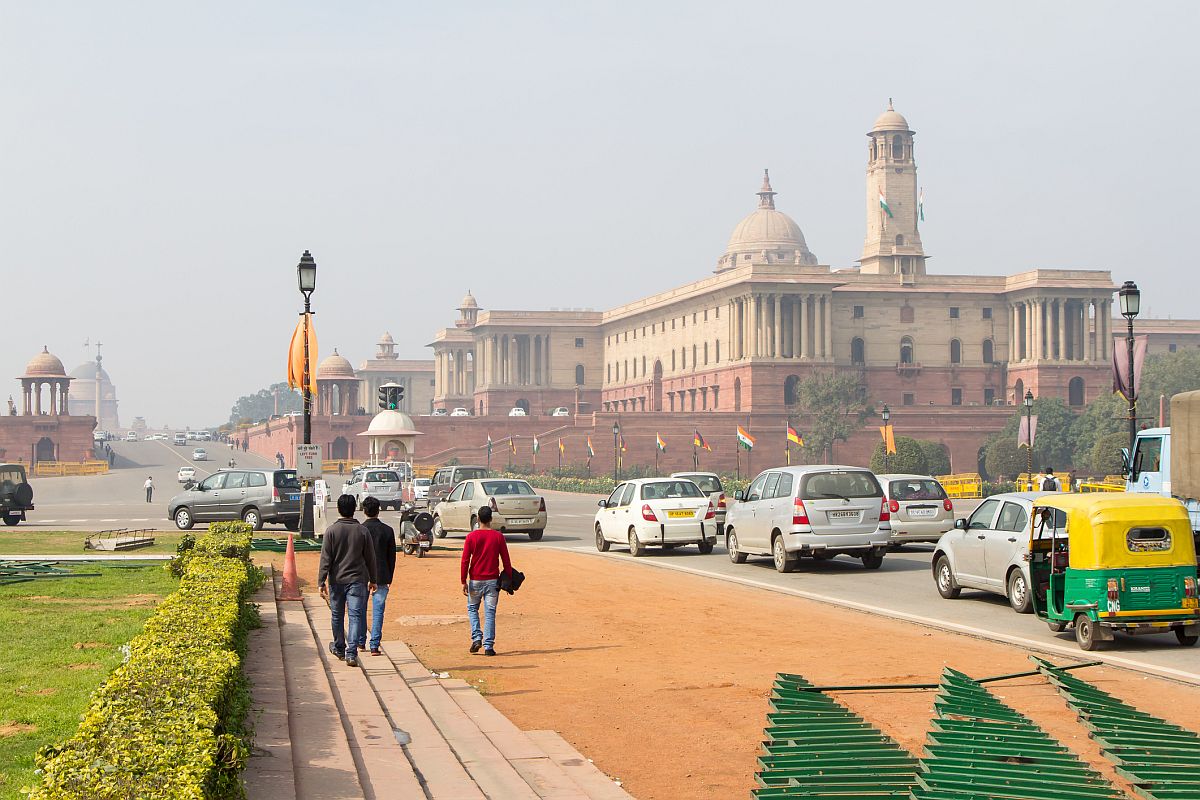The Supreme Court on Wednesday allowed petitioners to challenge the environmental clearance (EC) granted on June 17 to the Central Vista project, estimated to cost Rs 20,000 crore, and which seeks to build a new Parliament and other central government offices in Lutyens’ zone in central Delhi.
An intervention application was filed on behalf of private individuals having expertise in the field. The top court also asked the Centre to file a reply within a week after the filing of the petition.
Advertisement
The top court bench comprising Justices A M Khanwilkar, Dinesh Maheshwari and Sanjiv Khanna told Senior Advocate Shyam Divan that his clients are allowed to file a petition within a week under Article 32 of the Constitution to challenge the environmental clearance to the project.
Further hearing on the matter was posted for August 17 for a week.
Solicitor General Tushar Mehta, representing the Centre, contended before the bench that the petitioners should bear in mind that the central government is not dealing with private industry.
“This project deals with national interest. There are verdicts which state that issues of public law like here (in the case) cannot be raised by public-spirited individuals. Intentions here look to delay the project,” Mehta submitted while contesting Divan’s arguments.
The apex court allowed Divan to file an appeal in the National Green Tribunal (NGT).
“We will first decide the land-use issues here at the Supreme Court and after that if the question on environmental clearance remains, then the NGT can look into it. If land use itself is not permitted, then the EC is not permitted,” noted the bench.
Divan argued before the bench that the process of EC suffers from several “illegalities” as there is “non-application of mind on part of the environment appraisal committee (EAC)” and that the mandatory legal process was subverted in the case.
The bench replied, “Is the challenge only on procedural grounds? The impression you are creating is not correct. Will your arguments be different in the NGT?”
In response, Divan contended, “I will challenge the full EC in a complete way. No piecemeal challenge.”
The Central Vista houses iconic buildings like the Parliament House, Rashtrapati Bhavan, the North and South Block buildings, which house important ministries, and also the India Gate. The Centre is proposing to redevelop by constructing a new parliament house, a new residential complex, which would house the Prime Minister and the Vice President besides several new office buildings.
The plan for the project has been prepared in accordance with India’s 75th Independence Day in 2022. The work on the Central Vista is slated for completion by November 2021.
Earlier, the apex court in April refused to stay this project, saying, “In COVID-19 times no one is going to do anything. There is no urgency.” The SC bench was bench headed by Chief Justice SA Bobde.
Solicitor General Tushar Mehta, representing the Centre, had asked, “A new parliament is being constructed. Why should anyone have a problem?”
The apex court had heard the plea, through video conferencing, filed by advocate Rajeev Suri challenging Central Vista redevelopment plan on the ground that there is an illegal change in land use. The petition argued that the government’s notification on March 20, which supersedes a public notice issued by the Delhi Development Authority (DDA) on December 19, 2019, is a subjugation of Rule of Law and judicial protocol as the 2019 notice is under challenge and being heard by the Supreme Court itself.
Earlier, the Congress had asked the Government to scrap Central vista projects to save 30 per cent from the government expenditure and divert the money to fight COVID-19.
Congress chief Sonia Gandhi, in a letter to Prime Minister Narendra Modi, had suggested to scrap Rs 20,000 crore ‘Central Vista’ beautification and construction project, along with suspension of government advertisements and foreign visits of ministers and other dignitaries and divert the money to PMNRF from PM-CARES fund.
“At a time like this, such an outlay seems self-indulgent to say the least. I am certain that Parliament can function comfortably within the existing historical building and this sum could instead be allocated towards constructing new hospital infrastructure and diagnostics along with equipping our frontline workers with Personal Protection Equipment (PPEs) and better facilities.”











